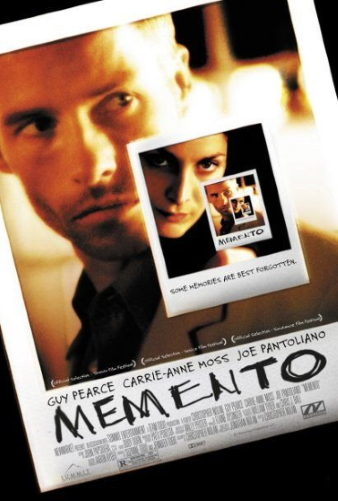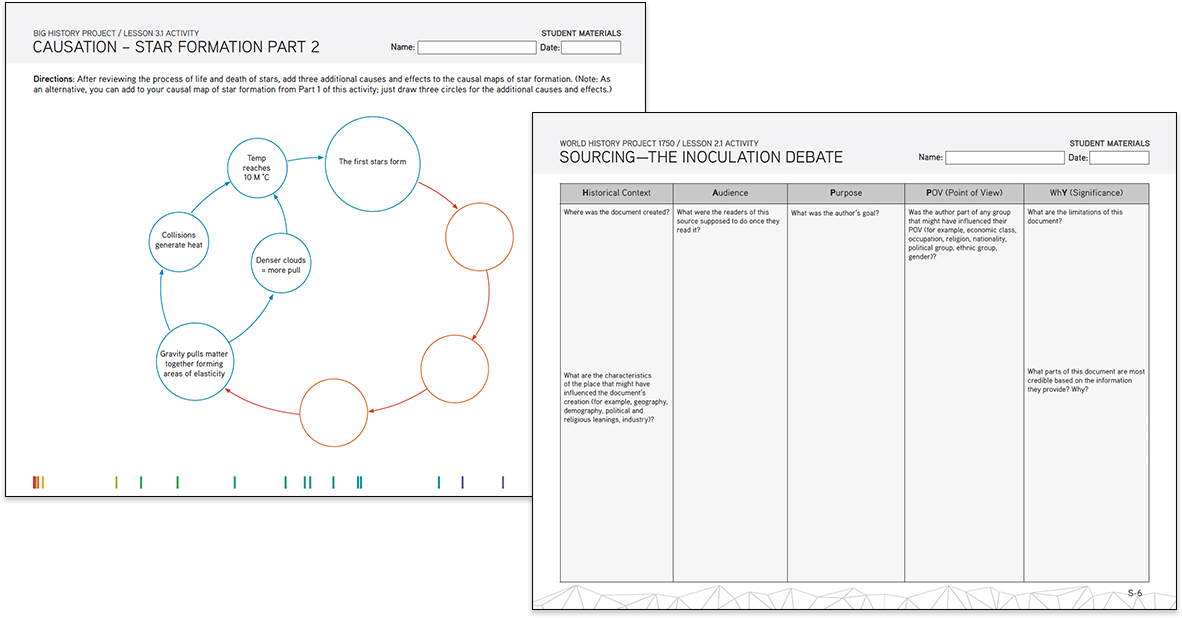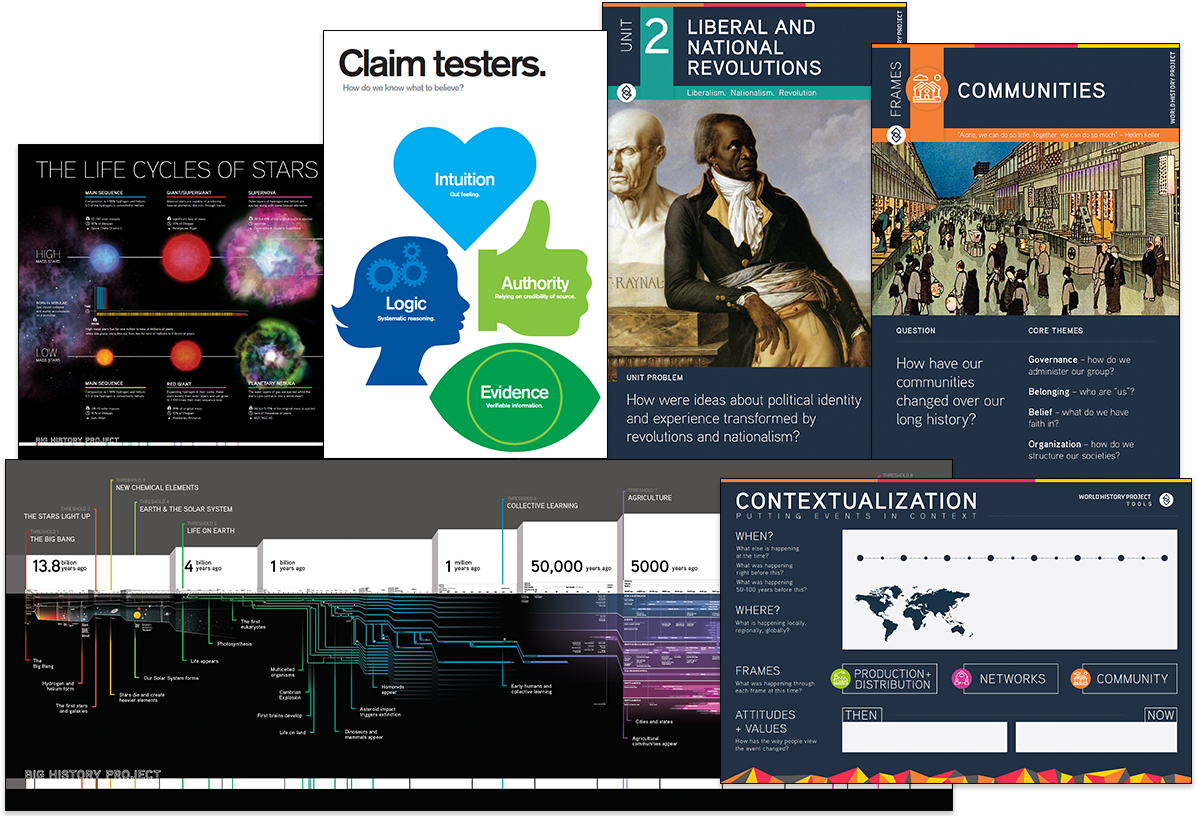Bob Bain
Michigan, USA
I have this condition… it’s my memory… I have no short-term memory. I know who I am. I know all about myself. It’s just, since my injury, I can’t make new memories – everything fades. — Leonard Shelby, Memento (2000)
With that quote, Leonard Shelby, the protagonist of the film Memento played by Guy Pearce, explains that he suffers from anterograde amnesia, a real though rare condition that prevents people from retaining memories of their experiences. Leonard’s experiences fade from mind each night. To manage his affliction, he takes snapshots of people he meets, writes Post-it notes with short instructions to himself, and even tattoos key facts on his body. Before going to bed, he places the photos and notes in obvious places so he can encounter them upon waking. He even writes notes to remind himself of the location of a photo, note, or even tattoo—reminders about the reminders. With no internal archive of experiences, he intentionally creates an external archive. With these mementos, he can create a usable story of events in his life.

Theatrical release poster for Memento, by Newmarket / Summit Entertainment. Fair use
Now, if you’re in the mood for an intellectually taxing experience, I’d urge you to view Memento. Christopher Nolan, the director, forces the audience to experience the world as Leonard does, requiring us to use his photos, memos, and tattoos to construct the story that lives at the film’s center.
However, I’m not writing about Memento to fulfill a long-time desire to be a movie critic, to channel Siskel or Ebert (anyone old enough to remember the At the Movies show?) or to take a turn creating a Rotten Tomatoes commentary. Rather, I think Leonard, though not a teacher, offers crucial pedagogical insights about teaching, a craft that requires designing and making experiences and ideas memorable for others. Indeed, in managing his affliction, Leonard models critical practices for teachers, most of whom confront “memory fade” in students. Though certainly not as severe as Leonard’s, a central task of teaching is working with students who do not remember or cannot use what they encountered days, weeks, or months before.
So, let’s consider Memento not for its aesthetic value but the advice Leonard Shelby offers to assist Big History and World History teachers manage two enduring challenges – how to help students remember complex ideas and how to use those ideas much later.
First, Leonard “gets” how critical external objects—cognitive tools as I call them—are for learning and thinking. To function, he intentionally reduces complex experiences or ideas to simple photos, short notes, drawings, or even small tattoos and places them in his environment for later use. Likewise, the BHP and WHP curricula get the importance of tying complex ideas or sophisticated intellectual tasks to an image, a chart, a phrase, or a story—although, unlike Leonard, we’ve avoided tattoos as memory prompts.
 BHP Causation Star Formation chart and WHP Sourcing Inoculation Debate HAPPY template
BHP Causation Star Formation chart and WHP Sourcing Inoculation Debate HAPPY template
Consider, for example, how our courses have attached meaning and experiences to phrases such as claim testers, Goldilocks Conditions, thresholds of increasing complexity, or to stories such as “Alphonse the Camel,” David Christian’s Big History origin story, or WHP’s big narrative frames. Once students understand the ideas behind each, the words become shorthand, a symbol, or catchphrase that help students use complex and sophisticated ideas and processes.
Further, the OER Project courses provide visual “mementos” of these concepts or processes in the form of posters, timelines, colorful pictures, or charts. In most classrooms, OER teachers do as Leonard did by creating visual, external archives of key ideas for students to use well before they’ve internalized these. Doing this embeds in the environment the tools students need to “do” the work our courses ask of them.
 A selection of BHP and WHP posters
A selection of BHP and WHP posters
However, every year around this time, we have noticed a few related instructional problems. About now, some teachers tell us that, to get through all the content, they are skipping over lessons that revisit key concepts or practices. For example, some teachers teach the heck out of claim testers in the first unit, and then ignore later lessons that return to logic, intuition, authority, and empirical evidence in more depth. We’ve noticed similar patterns for other practices or concepts, such as three-close reads, Goldilocks Conditions, or revisiting the thresholds of the BHP origin story. Indeed, some teachers never—or rarely—retell or have their students retell David Christian’s story using all eight of the thresholds of increasing complexity after the first week or two of school. This, of course, affects what students retain and are able to use at the end of the course.
More generally, in studying student end-of-course BHP essays, we have noticed that students’ skills in applying concepts to new information lags far behind their improvement in writing structured arguments, using evidence effectively, and employing appropriate mechanics. Unless specifically reminded, we rarely see students use concepts they learned earlier to analyze claims or connect documents and events to larger contexts or concepts.
Heeding a second feature of Leonard’s example will, I suspect, reduce if not eliminate these concerns. You see, Leonard knew he needed to do more than create mementos. He also knew he needed to remind himself about their location, their purpose, and when to use them. Having a tool is of no use if students can’t find it when they need it or don’t remember that the tool is at hand. In short, we need to construct “finding aids” or reminders about the reminders for both ourselves and our students. Indeed, these meta-mementos might be as essential for teaching and learning as are the posters, the language, or the stories themselves.
So, a few suggestions in the spirit of Leonard Shelby to improve students’ work.
Leave reminders to return to the “big”: Every two or three weeks, formally revisit the big, overarching concepts and stories in your courses. If you need to, put a few notes in your lesson plan book or on your calendar (“Make sure to return to the big story or the macro scale today,” for example).
Create a concept wall and reference it in class and on exams: With your students, create a concept wall or concept slide in PowerPoint. Remind students to draw from among these concepts when participating in class discussion or on tests. Don’t let the posters around the room become so routinized that students are not aware of their usefulness in answering questions or in writing essays.
Construct memos to future selves: Why not alter an activity that Leonard used and have students write short “memos to future selves”? At the end of a unit or two, give students a note card and, after a short discussion, have them write a note about what they should remember about the material they just studied. Collect the notes and then pass them back in advance of an exam, review, or discussion.
Any comments? Other suggestions?
It would great if some of you channeled your pedagogical Leonard Shelby and posted comments explaining how you have your students make and use “mementos” of key BHP or WHP concepts. And maybe more importantly, leave a note to tell us how you remember to remind students to use these artifacts regularly, long after students first learned a concept, process, or story.
And please, no tattoos!
About the author: Bob Bain is associate professor in the School of Education and in the Departments of History and Museum Studies at the University of Michigan. He also is the director of U-M’s World History and Literature Initiative and the faculty lead on the Big History Project. Before coming to the U-M in 1998, he taught high school history and social studies for 26 years. Bain’s research centers on teaching and learning history and the social sciences in the classroom, on-line, in museums, and at home.
Cover image: Post-It notes © Getty Images
 For full access to all OER Project resources AND our amazing teacher community,
For full access to all OER Project resources AND our amazing teacher community, 
